In my previous posts on wood structure I have only described hardwood species. Before moving on to the presentation of some resinous species, I think it would be good to make a comparison between hardwoods and softwoods, to see what are the criteria on the basis of which the two categories are differentiated, what is specific to each, areas of use and other such information.
So trees around the world fall into 2 broad categories - deciduous and resinous. The dividing criterion is how they reproduce. Deciduous trees, also called angiosperms, propagate by seeds that are either inside a fruit (as in the case of hawthorns) or covered by a hard protective structure (as in the case of walnut trees). To release the seed, animals or birds need to eat the fruit or break through the horny covering.
In the case of resiniferae, also known as gymnosperms, the seeds are loose in a formation called a cone, which when mature, breaks open, leaving the seeds free.
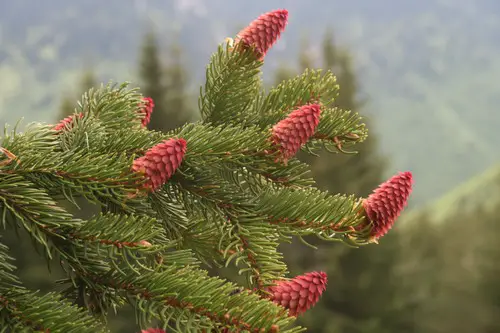
photo source: carpati.org
The wood of hardwoods is generally denser and tougher, while that of resinous woods is looser and softer. But there are exceptions. For example, yew is a resin, but its wood is hard. Similarly, balsa, a hardwood, is a soft wood.
In the Foioas category we find essences such as oak, nuc, fag, mahon, frasin, cherry, paltin, and in the resinous, wood of fir, spruce, cedaryew, yew, juniper, pine. The wood of hardwoods grows more slowly and over a longer period of time, while that of resinous trees needs a shorter time to reach maturity. That's why hardwood is more valuable and more expensive, while softwood is cheaper.
Differentiating trees is not that hard to do. Deciduous trees generally have broad, green leaves that change color in autumn, fall off and reappear in spring.
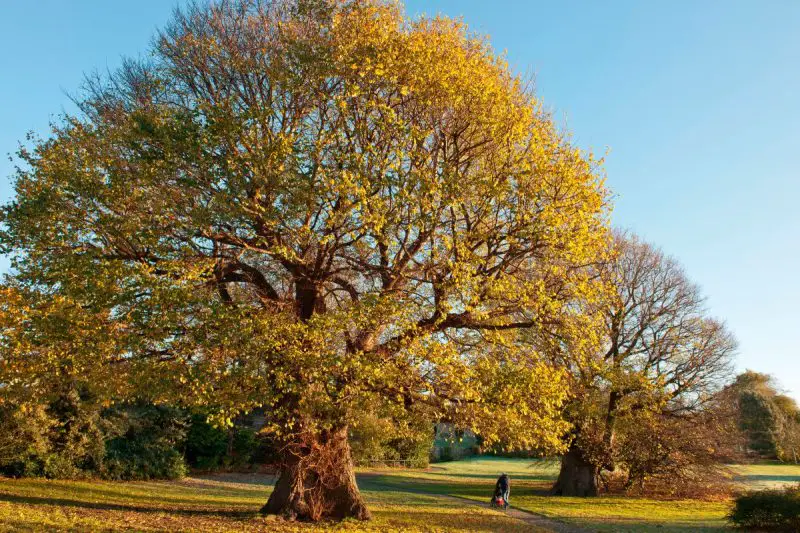
photo source: dkfinout.net
The resinous plants have needle-like, evergreen leaves and cones in which the seeds are hidden. Hence the name conifers.

Deciduous trees thrive better at lower altitudes, while resinous trees thrive better at higher altitudes.
In the case of wood, lumber, the easiest way to differentiate species is by identifying the pores. Hardwoods have pores while softwoods do not.
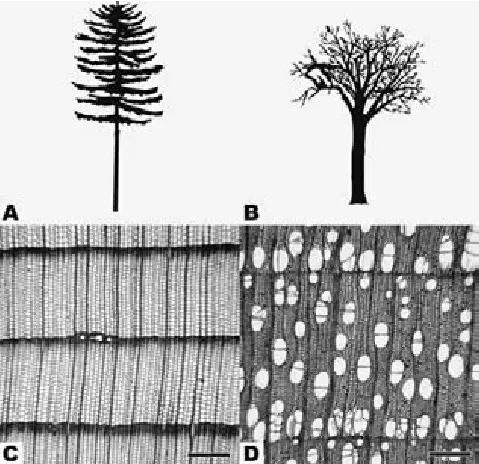
photo source: researchgate.net
Deciduous trees have vessels through which water (food) is transported inside. When the wood is cut, these vessels appear as pores. The pattern they make is distinctive and can be enhanced by finishing.
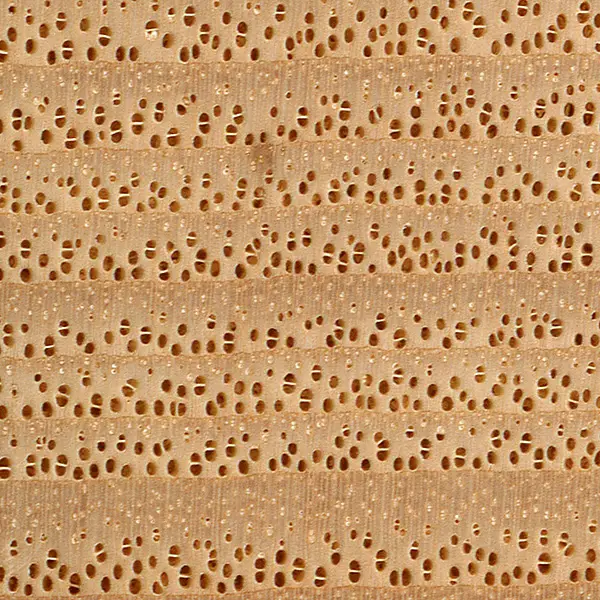
photo source: wood-database.com
In resinous plants, food is transported inside by medullary rays (channels that connect the bark to the pith) and very, very thin, totally undeformed vessels called tracheids, through which sap moves by diffusion. So resinous wood has no pores.

photo source: wood-database.com
This difference makes it impossible to copy a hardwood finish on a hardwood finish on a resinous finish. Even if the color is reproduced identically, the effect produced by the pores and the wood's pattern will make the two finishes look very different.
Another identifying feature is the resin pockets that some resinous species have inside the trunk, not just under the bark. These must be removed and replaced with pieces of wood. If not removed, the resin will come out through the finish and will be very difficult to trap inside.
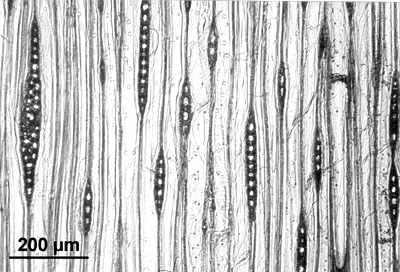
photo source: scielo.cl
In terms of use, softwood is much easier to process, which is why about 80% of the wood used in the world is softwood. Hardwood, being harder, denser, stronger and more beautiful, is mainly used for quality furniture, a parchment, decking and very strong and durable construction.

photo source: wooden-garden-furniture.co.uk
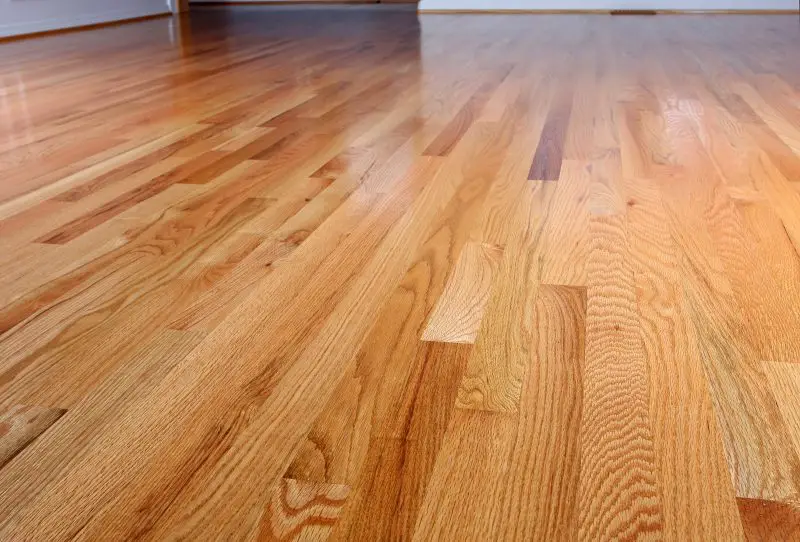
photo source: hardwooddistributors.org
Softwood is generally used as a strength structure in construction, in doors and windows, ordinary furniture, wood paneling, and in the manufacture of doors and windows. MDF and PALin papermaking pallets.
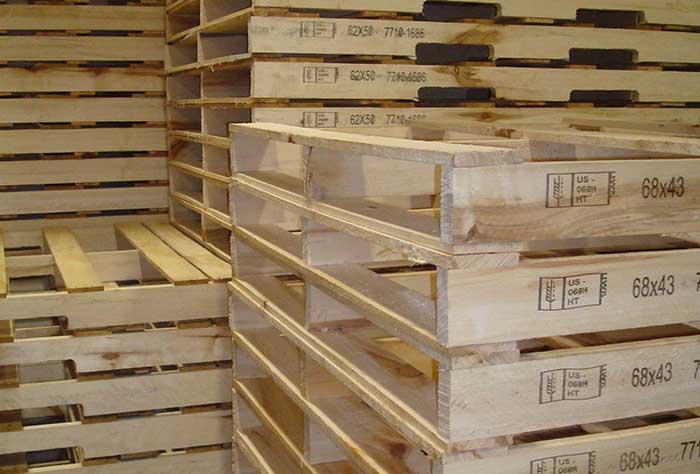
photo source: acmepallet.com
The most widely used wood in production worldwide is pine. In our country, the most widely used wood is spruce, which accounts for 20% of the country's total forest area.
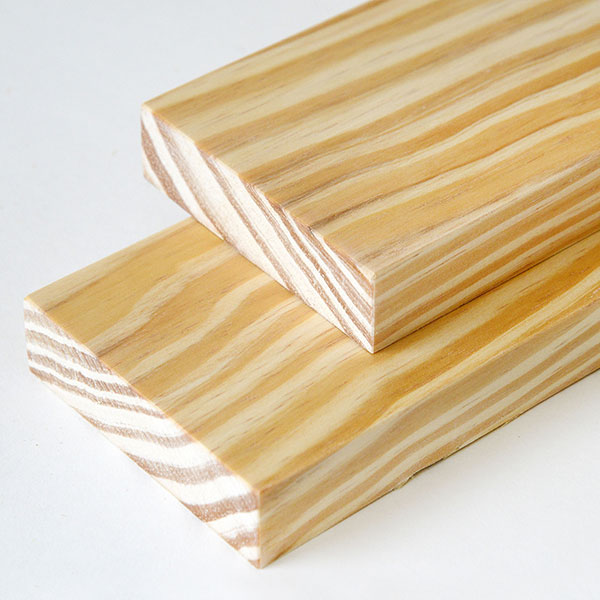
photo source: wooduchoose.co.uk
Although resinous species seem harder to distinguish, there are still differences between them. Therefore, the next post related to wood structure will be a comparison between fir and spruce wood, 2 species of resinous trees that are very common in the mountains.

























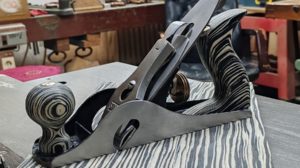
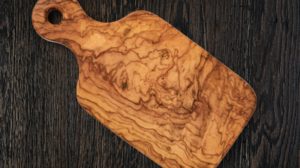
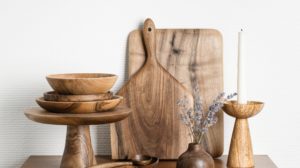
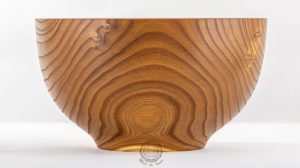
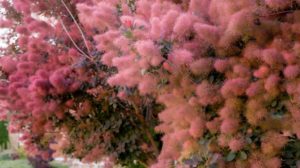

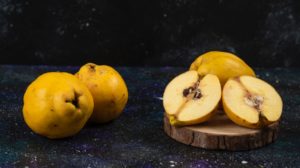
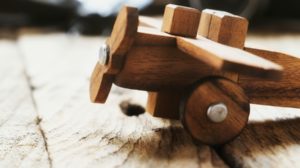



Hello, I have a question: what is your recommendation for a pine or beech kitchen table and 4 chairs? The beech set is 499 ron, while the pine one is 790 ron. I would choose the beech one.
Hello.
Beech is a very strong wood, especially for chairs. Aesthetically, it depends on what you prefer. Beech has a fairly plain design, whereas in pine, the contrast between the late and early wood creates an interesting design. If the furniture is not Romanian, it can be made from Norwegian or Siberian pine, which are very hard and very durable woods.
If you want to choose beech, from a wood point of view you can do it. But for the right price comes into play how well it is executed, the construction solution, aesthetics and here only you can decide.
All the best!
Hello,
First of all thank you for the interesting articles and useful information. I would like to ask you:
1) for interior doors to choose pine or spruce? I saw in the comments a comparison between beech and pine. I would be interested in not working over time, doors not opening etc. but also aesthetically
2) for the interior staircase should I choose oak or ash? I know that oak is considered a noble wood but more than aesthetics I am interested in its durability, not to scratch after x years etc.
Thank you
Good evening.
Thanks for your appreciation.
1. Solid wood will always work when there are variations in humidity. It should be worked in such a way that there are no high tensions that lead to cracks (for example, in doors with a panel, it should not be glued). Pine is denser, especially if it is from the northern part of the continent. Spruce is looser, softer and can sometimes cause staining problems (staining).
2. Oak and ash are very similar in design, only the colour differs. The oak is a dull yellowish brown while the ash is very light, almost white. Ash is a little harder than oak and is a very good choice for stairs. The splintering occurs if the fitting is not done correctly or if the wood has not been well dried and changes its dimensions through drying. The pieces become smaller and the fitting is no longer perfect.
All the best!
Hello! For a piece of indoor furniture that I want to finish with water-based enamel, what type of resin can you recommend so that the wood resin does not penetrate the finish?
Hello.
Resin is difficult. Factories remove the resin bags because there is no method that locks in the resin when it is in large quantities. Try working with fir. Unlike other softwoods (spruce, pine, larch) fir has resin between the bark and the trunk. Pockets of resin inside are accidental and only develop if the tree has been damaged.
If the bags are not large you can apply a layer of insulation before enamelling. It will block the resin if it is in small quantities. In knots the resin can be blocked with shellac or epoxy putties.
All the best!
Hello,
For the construction of a wooden house, which wood is recommended in terms of construction strength and comfort (thermal and acoustic)?
Thank you!
Hello.
Very strong and durable is larch and spruce wood. The resin content protects against insect attack. The wood is also strong, both in structure and durability, in acacia, oak or ash.
But it's good to think that thermal and acoustic comfort is hard to achieve from wood alone. The house will also need to have insulation. Only log houses do not have insulation, but even they have insulation between the logs.
You can learn more about the characteristics of the different wood species from the link below.
All the best!
https://revistadinlemn.ro/category/prelucrare-lemn/specii-lemn/
All the best
Hello. I want to put showers in the rooms. I have seen offers for spruce or pine showers. Which of the two do you recommend considering that over them will come some cabinets. Thanks
Good evening!
If spruce and pine are from Romania the difference is not very big. Pine is just a little harder and has a stronger resin smell.
If it is Nordic pine, however, it is much harder and denser than spruce. Its strength is higher and that is why it is preferable to spruce.
All the best!
Hello. I'd like to put showers in the rooms. I found in the offers, the spruce and Nordic pine showers. Considering the furniture in a room, which of these do you recommend. Thank you.
Hello!
Northern pine. It is denser and tougher than our spruce, with greater resistance to knocks or dents.
All the best!
Hello, first of all I would like to wish you good health in these not so simple times and thank you for your articles.
I also need help with an outdoor patio. On one side of the terrace I will have exposed wood, it will have a decorative role. And so far, locally, I have found a processor who offers me spruce. I can count on Romanian spruce for the exterior, if it is treated relatively well, and also protected using quality products (if you can also recommend a superior way to protect it, I would be grateful). Thanks in advance
Hello!
Thank you for your appreciation and best wishes. Good health to you too!
The resin is resistant to the outside. The resin also helps and spruce, unlike fir, is stronger because it has resin throughout the wood (fir has resin only under the bark). The best of the softwoods is larch, but it is more expensive and harder to find.
In order to have a good resistance, the installation must be made so that water does not puddle, it always drains after the rain, and air can circulate so that drying is done quickly. This type of landscaping is the most durable.
I prefer coloured oils (oil-based varnish) for exterior finishing. They are finishes that do not crack if the wood moves with the variation of humidity. They are indeed less resistant over time compared to filming products and the finish needs to be refreshed every 1-3 years. But there are quality products (Kreidezeit) that if properly applied will last longer.
Products that make film (varnishes, paints) have higher resistances, but as I said above, if for various reasons they crack, the protection is compromised. To restore the finish the cracked layer must be removed completely and the whole operation must be repeated. As warranty terms products with resistance from 3-5 years to 12 years (Tinova from Sadolin). No finish will last that long if it is not applied according to the instructions and without a minimum of maintenance.
For more information about the exterior finish you can read the materials below.
All the best!
https://revistadinlemn.ro/2018/06/25/8-cele-mai-frecvente-intrebari-despre-protejarea-lemnului-la-exterior/
https://revistadinlemn.ro/2019/06/12/cele-mai-rezistente-specii-de-lemn-la-exterior/
https://revistadinlemn.ro/2018/08/03/12-reguli-simple-pentru-a-avea-constructii-din-lemn-rezistente-la-exterior/
Hello.
I have a great request to help me with some advice on the construction of a fence, namely what kind of wood to choose between spruce and pine. I intend to use 30mm minimum sawn timber and I have to choose between spruce and pine.
Thank you and I wish you all the best!
Hello!
Pin! It's denser and tougher, and if it's Nordic or Siberian pine it's even better.
All the best!
Hi
How do I get rid of curries
I made a patio out of a fir tree stump and it started to make little holes in me and it made a fine sawdust.
Hello!
Curry larvae were probably in the wood or untreated wood and high humidity allowed infestation.
At this stage, with obviously active insects (wood dust), it is best to go for an aggressive treatment. Bochemit Eradication is a solution with very good results. There are also more natural but less aggressive variants with poorer results.
More information about the waxes and treatment methods in the links below.
All the best!
https://revistadinlemn.ro/2017/08/08/despre-cari-motivul-aparitiei-ciclul-de-viata-preventie-tratamente/
https://revistadinlemn.ro/2018/08/23/tratamente-naturale-impotriva-carilor/
https://revistadinlemn.ro/2020/07/30/cum-scapi-de-cari-si-alti-daunatori-ai-lemnului-solutii-anticarii-lemn/
Hello. I would like if possible a recommendation. I would like to know what kind of wood to use for some interior stairs and the differences between their durability, their quality over time and their degradation time (I refer to the differences between oak and fir, with the effects of quality and price). Thank you in advance!
Good evening!
Oak is much more resistant to scratching and rubbing than fir or spruce. I mention both because they are very similar in properties and because you are much more likely to find spruce as it is in greater supply on the market. Basically, spruce/brass is the economical variety, the very hardy, interesting looking and easy finishing one is oak. And the way it fades over time is different. Oak is more evenly felled, whereas fir is relief felled, i.e. over time there is a difference between latewood and earlywood, with the latter felling faster.
In conclusion, the aesthetic and long-lasting option is oak. Fir/spruce is the economical option, but you can do your own thing with it.